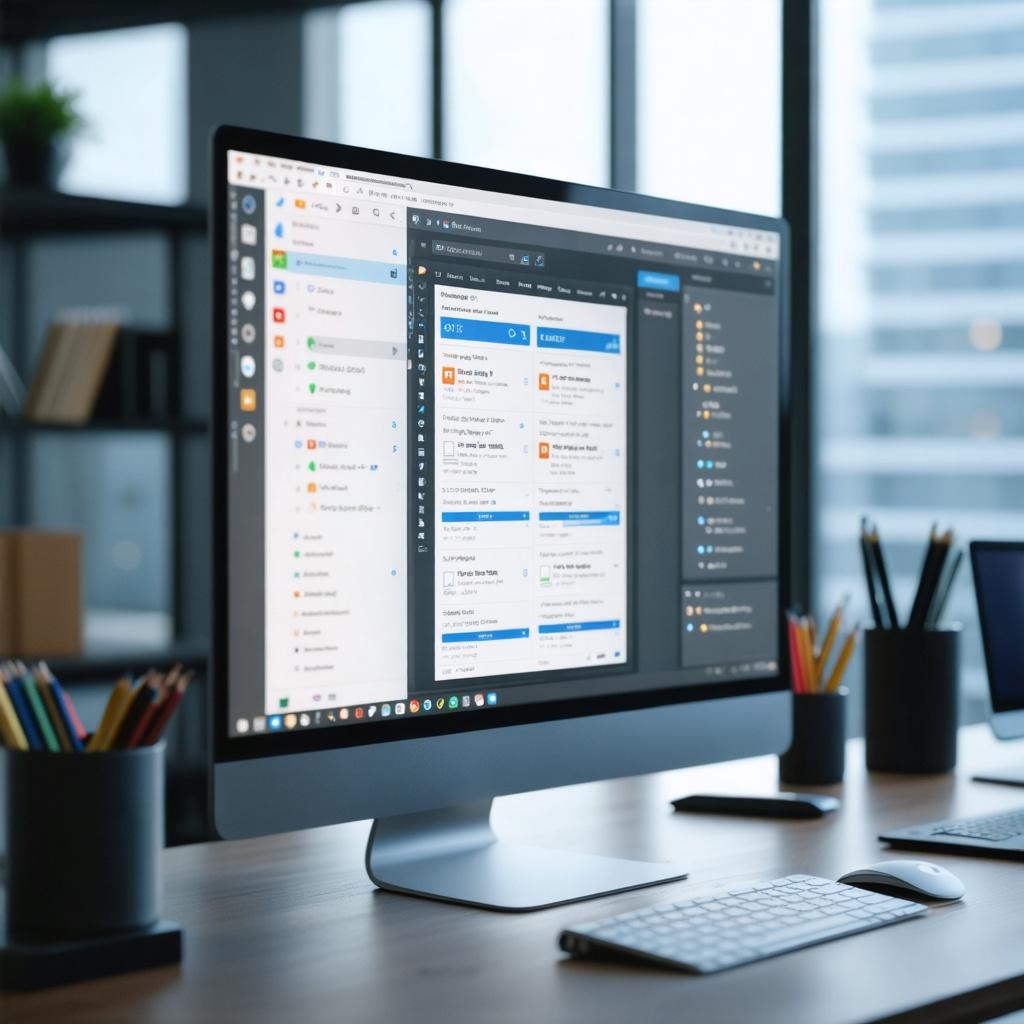avoid google penalties on your website
How to Avoid These 7 Penalties
Protecting Your Website from Google Penalties
When Google penalizes your website, the consequences can be severe. Your rankings drop, traffic decreases, and in worst-case scenarios, your pages might disappear from search results entirely. Since recovery typically takes 10-30 days after fixing issues, prevention is your best strategy. Let’s explore the seven most common Google penalties and how to avoid them.
1. keyword stuffing
Keyword stuffing occurs when you artificially pack your content with target keywords to manipulate rankings. This creates an unnatural reading experience and signals low-quality content to Google.
How to Avoid:
- Write naturally for your audience first
- Use keywords only where they make sense
- Focus on topic coverage rather than keyword density
- Include related terms and synonyms
- Structure content around user intent


2. low-quality backlinks
Poor-quality or artificial backlinks from spam sites, link farms, or irrelevant websites can trigger Google penalties. This includes bought links and large-scale link exchange schemes.
How to Avoid:
- Focus on earning natural backlinks through quality content
- Regularly audit your backlink profile
- Use Google’s disavow tool for harmful links
- Build relationships with reputable sites in your industry
- Create linkworthy content like studies or original research
3. duplicate content
Publishing identical or very similar content across multiple pages or websites can lead to penalties. This includes copied text, descriptions, and even slightly modified content.
How to Avoid:
- Create unique content for each page
- Use canonical tags when necessary
- Properly attribute quoted content
- Check content originality before publishing
- Implement a content review process


4. cloaking & redirects
Showing different content to search engines than what users see, or implementing deceptive redirects that take users to unexpected destinations.
How to Avoid:
- Maintain consistent content for both users and search engines
- Use proper 301 redirects for permanent moves
- Avoid automatic redirects based on user agents
- Keep redirect chains minimal
- Regularly audit your redirect structure
5. thin content
Pages with little to no original content, automatically generated content, or content that provides no value to users.
How to Avoid:
- Create unique, valuable content
- Address user questions and needs thoroughly
- Include original insights and analysis
- Maintain appropriate content length for topics
- Regular content audits to identify weak pages


6. Hidden Texts or Links
Using techniques to hide text or links from users while making them visible to search engines, such as white text on white backgrounds or tiny fonts.
How to Avoid:
- Keep all content visible to users
- Use clear, readable fonts and colours
- Implement proper CSS for mobile responsiveness
- Avoid CSS tricks that hide content
- Maintain transparency in design
7. user-generated spam
Spam content created by users in comments, forums, or user-submitted content areas that can harm your site’s quality.
How to Avoid:
- Implement strong spam filters
- Moderate comments and user submissions
- Use CAPTCHA for form submissions
- Regular monitoring of user-generated content
- Clear guidelines for user contributions

Prevention is Better Than Recovery
Recovering from Google penalties takes time and effort so implement these preventive measures as part of your regular SEO maintenance:
- Regular site audits
- Content quality checks
- Backlink profile monitoring
- User experience improvements
- Security measures
- Performance optimization
By staying vigilant and following these guidelines, you can maintain a healthy website that ranks well in search results while avoiding costly penalties.

